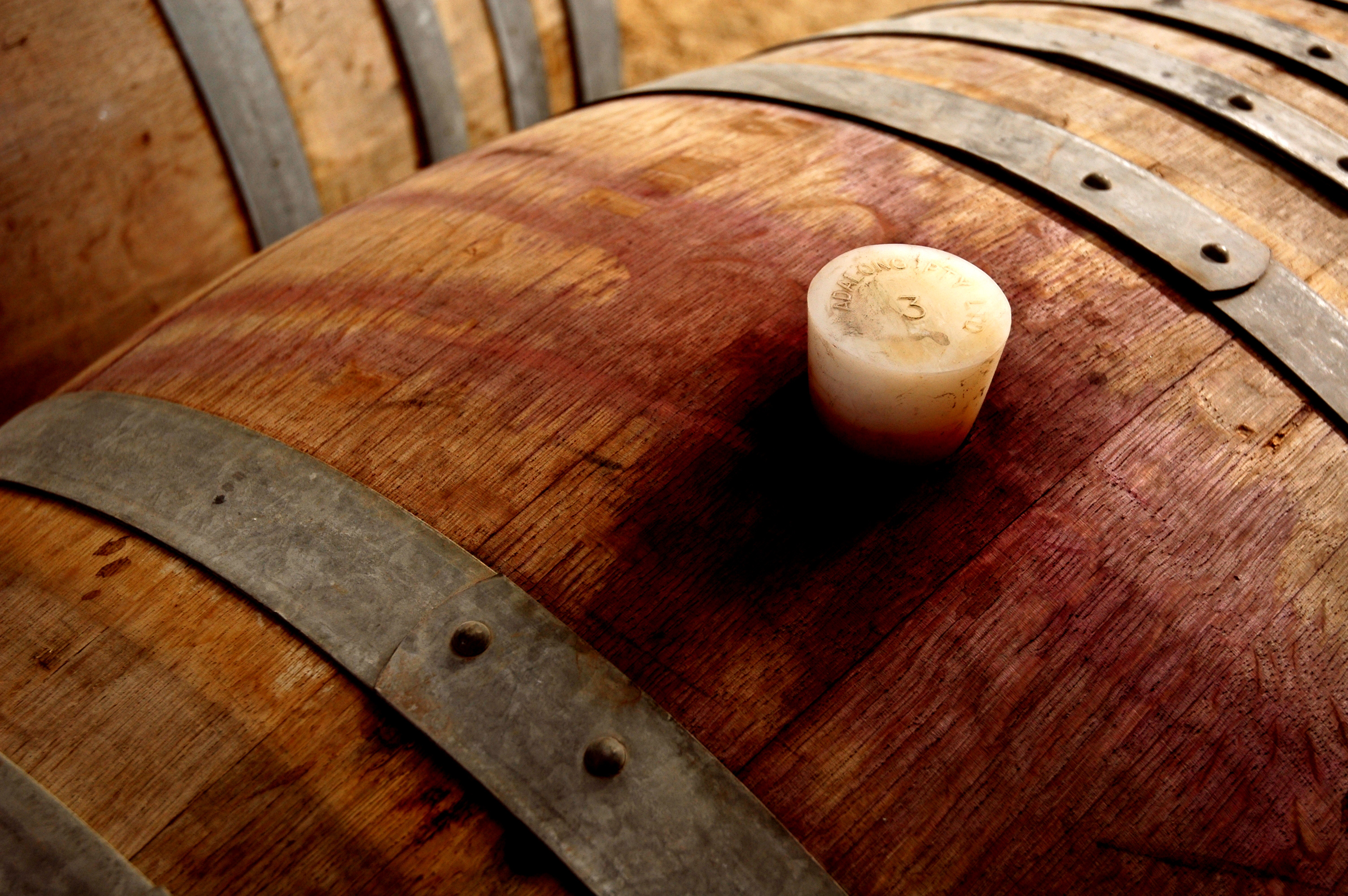Blending is essential for all wines. It can be argued that if it were not for blending by way of cross pollination or grafting of rootstocks most varieties of grapes that wines were originally made from would have gone extinct at this point in time, replaced by a remaining few hearty varieties as disease and shifting climate would have diminished the crops of the more delicate, desirable types.
Blending is not limited to cross pollination or different grape varieties, it also occurs when barrels are blended from the same harvest when bottling a vintage. It can occur from parcels on a single vineyard site or between estate vineyards. It can also occur between contracted growers and estate fruit. Blending by way of combining the juices of different grape types dates back to the Roman times as they expanded into modern day France, Spain, Germany, Austria, and beyond.
In those times the Romans would do field blends as production opportunity was increased by planting many different vines on a plot in case one type didn’t fare well through the season while another may, ensuring a harvest in times and areas where they were new and unable to predict the shift of climate patterns.
I was once told by a Romanian friend – I don’t know if this is historically accurate, but it’s a good anecdote – that the modern Romanian people are the descendants of an arm of the Roman army who decided to stop fighting and start drinking full time. Accurate an account or not, you can imagine there were a ton of very thirsty individuals, and they needed their wine. Not getting a harvest was not an option. In modern times field blends are more cosmopolitan, but it’s incredible to see how far back they go and from whence they came.
Lesser known fact: Cabernet Sauvignon is actually a cross (or “blend” if you will) of the Sauvignon Blanc grape with the Cabernet Franc grape – recent DNA studies have confirmed it.
Your favorite bottle of California Cab? In California, by law, it actually only needs to be 75% Cabernet Sauvignon to be labeled as Cabernet, the other 25% can be anything the winemaker desires, but they generally blend along some traditional lines – Cabernet Sauvignon, Merlot, Cabernet Franc, Malbec, and Petit Verdot. But why would anyone do that?
Well, I always love my chef analogies (since food and wine are like hand and glove in my book) and the greatest winemakers can be looked at on a level with the greatest Michelin starred chefs around the globe. Blending allows the winemaker to hone flavors, fragrances, tannic structure, color, and more. Just like a chef perfecting a sauce, the winemaker can add a pinch of this and a dash of that! Can you imagine a tomato sauce that was made of nothing but a single type of tomato, no seasoning, no spices, no herbs? Sounds pretty unidimensional to me, but I digress….
Cross pollinating (again, “blending” if you will) grapes has a millennia long history that allowed winemakers to grow heartier vines, make them more disease resistant, and weather resistant. So, from the starting point to the end product, blending is relatively essential for most wines at some level of production and has been for a very long time. There are two basic blends: a traditional blend usually sees the grapes grown in different vineyards, pressed separately, fermented apart from each other, and sometimes aged in separate barrels. A field blend sees the different grapes grown alongside each other in the same area. Blending is the basis and backbone of some of the most famous and sought-after wines on the entire planet.

